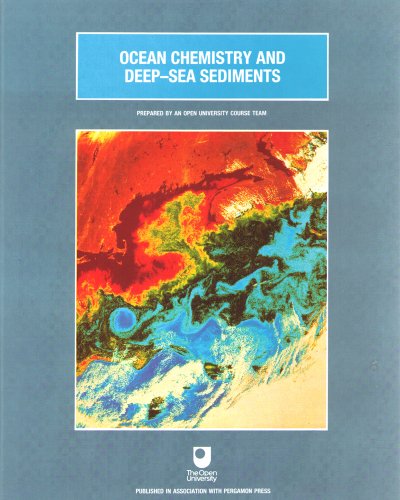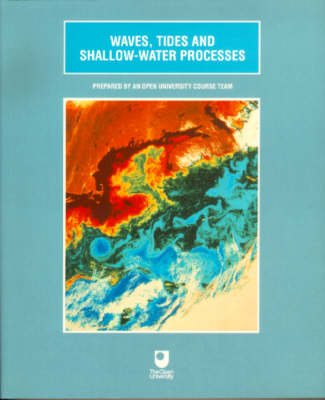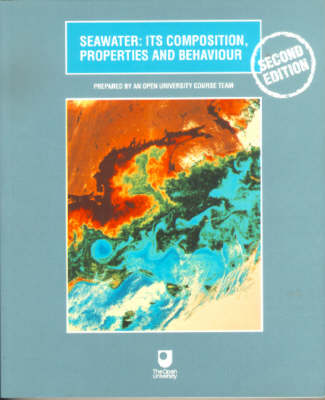Oceanography textbooks
5 total works
After a brief introduction to the distribution of deep-sea sediments, we show how the activities of marine organisms cycle nutrients and other dissolved constituents within the oceans, and influence the rates at which both solid and dissolved material is
removed to sediments. Chapter 3 reviews the carbonate system and ends with a brief excursion into palaeoceanography. We conclude by describing the biological and chemical processes that continue long after sediments have been deposited on the deep-sea floor.
removed to sediments. Chapter 3 reviews the carbonate system and ends with a brief excursion into palaeoceanography. We conclude by describing the biological and chemical processes that continue long after sediments have been deposited on the deep-sea floor.
Waves, Tides and Shallow-Water Processes is designed as a textbook on Oceanography, intended for Open University students. The text covers aspects on waves, tides, and shallow-water processes. Chapter 1 describes the qualitative aspects of water waves, briefly reviews modern methods of wave measurement, and explores some of the simple relationships of wave dimensions and characteristics. Chapter 2 outlines the mechanism of tides. This chapter also deals with the interaction of the tide with shoals, coasts and estuaries, and with the prediction of both normal and abnormal tides. Chapter 3 introduces the nature of shallow marine sediments and the types of environments in which they are deposited. Chapter 4 considers, in general terms, the physical conditions that lead to the erosion, transport and deposition of sediment by flowing water. Chapter 5 examines the conditions under which sediment is moved by waves, the rate at which it is moved and the way in which waves enhance currents. Chapter 6 examines two types of coastal areas where tidal processes are more important than wave processes: tidal flats and estuaries. Chapter 7 explains how the differences in the relative influences of rivers, tidal currents and wave energy lead to differences in sediment dispersal and give various types of deltas their characteristic shapes. Chapter 8 outlines how currents and waves can affect sediments in water as deep as the shelf break, and considers how sediment transport paths across the sea-bed in current dominated shelf seas can be determined. Finally, an outline is given of the mineral resources of continental shelf areas. Oceanographers and students of oceanography will find the book very useful and educational.
'Seawater' has been substantially updated in this second edition to take account of recent developments in marine science. Sections dealing with difficult physical and chemical concepts have been developed on the basis of feedback from the first edition, making this an ideal learning tool for oceanography students.Chapter 1 summarizes the special properties of water and the role of the oceans in the hydraulic cycle. The distribution of temperature and salinity in the oceans and how they influence water density and movements is then discussed. Light and sound in seawater are considered next, along with some uses of acoustics. These are followed by an examination of the composition and behaviour of dissolved constituents, including such topics as residence times, the control of pH, and redox relationships.Finally, the history of seawater and its role in global cycles is reviewed, with special reference to climatic change and the CO2 problem.
Ocean Circulation
by University Team Open University Team and Open University
Published 30 September 1989
A comprehensive text on ocean circulation with chapters covering: the causes of circulation patterns in the atmosphere and the oceans, and the interactions between them; surface circulation; the history of ideas about ocean circulation; and current systems at high and low altitudes.
The first volume in the series, this should be of interest to Open University students and other students of oceanography.




